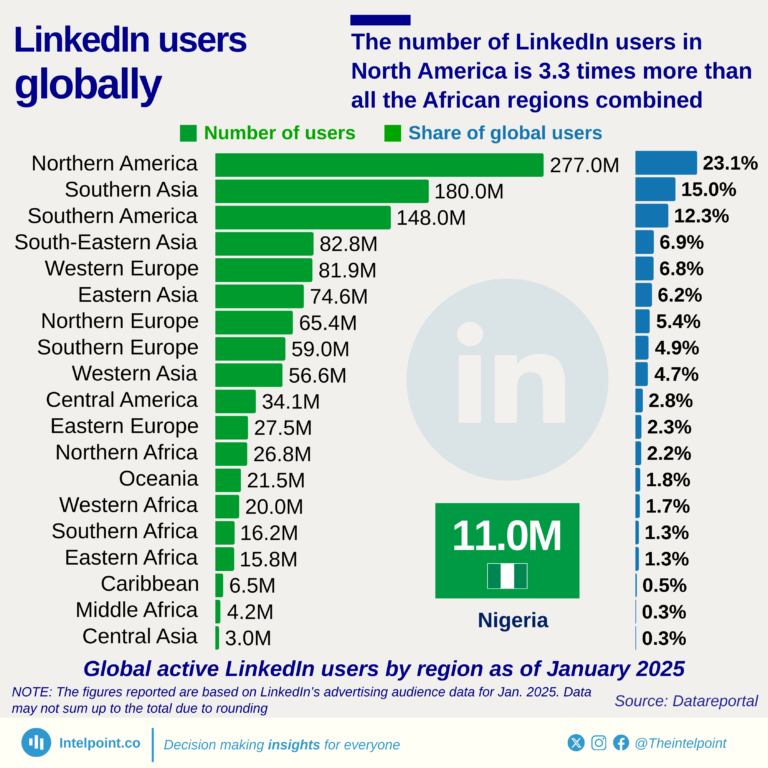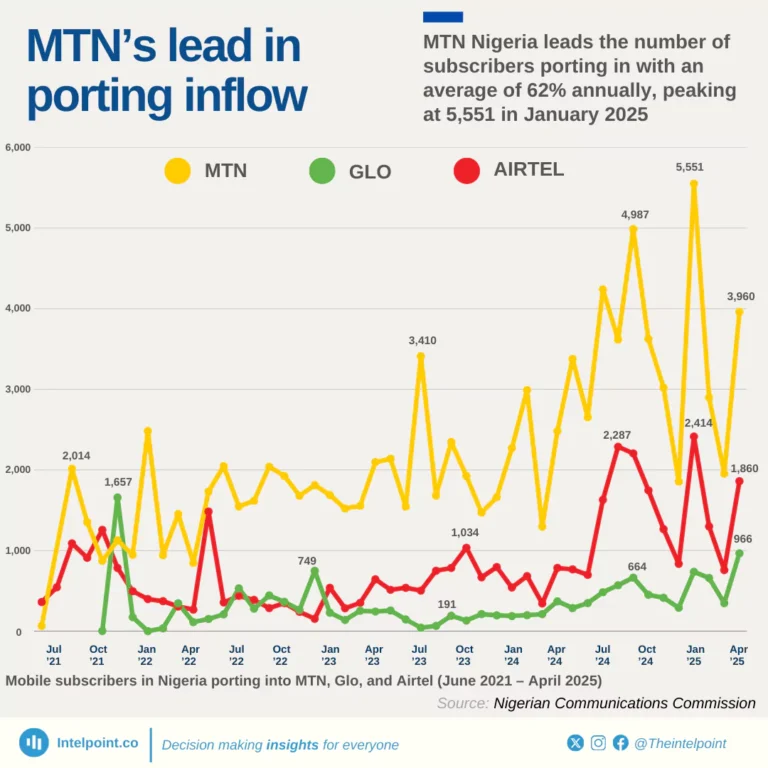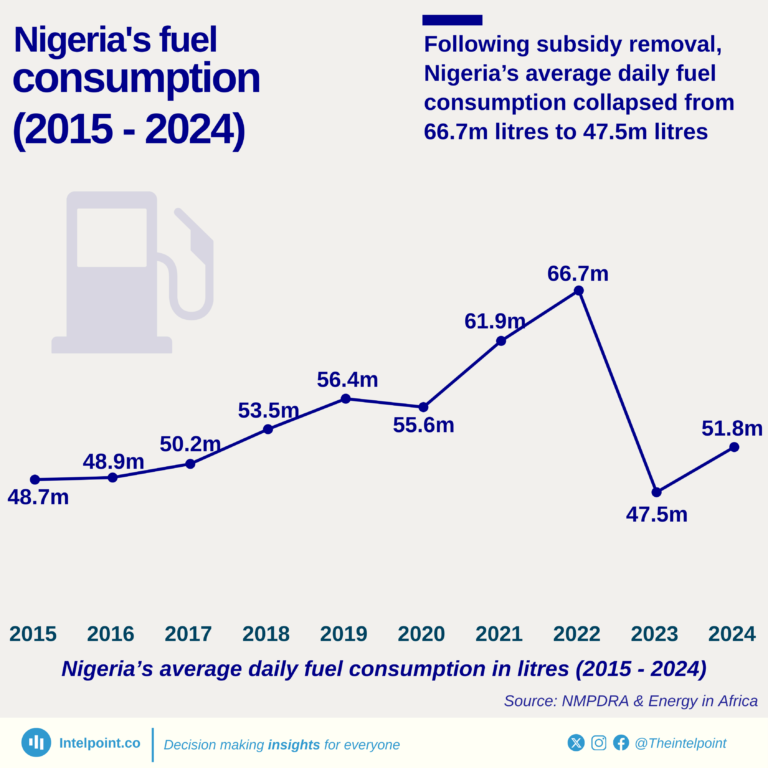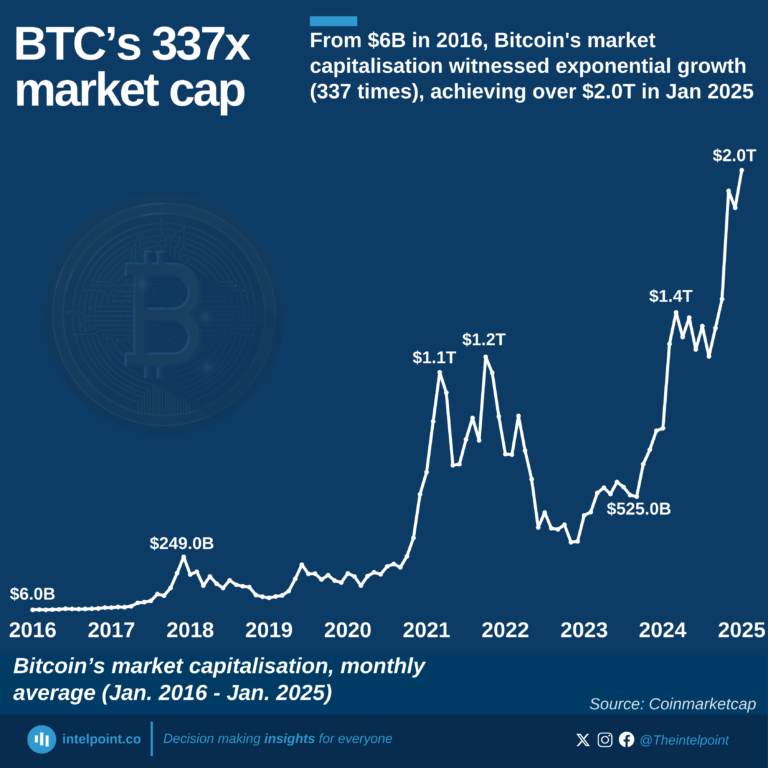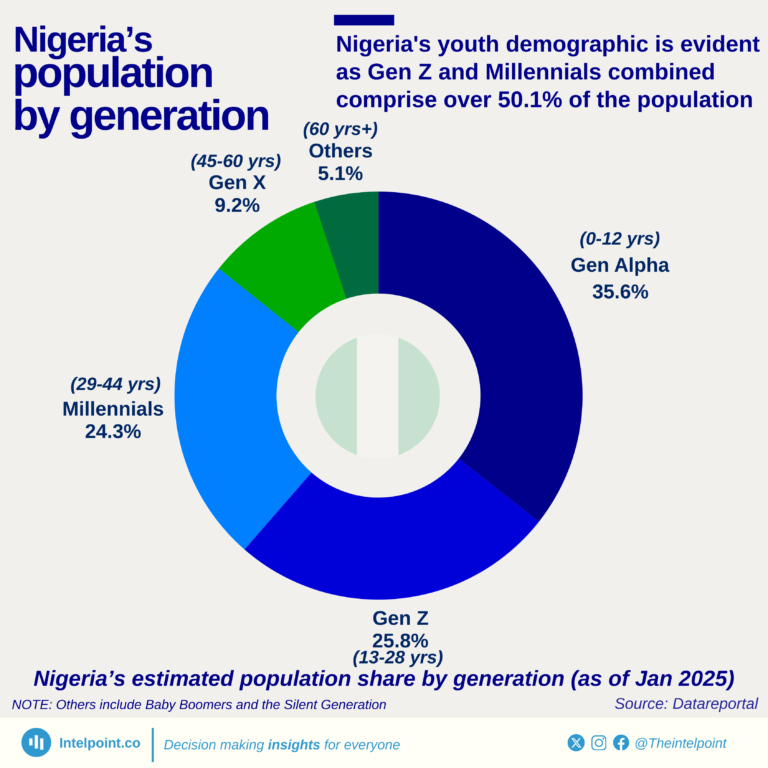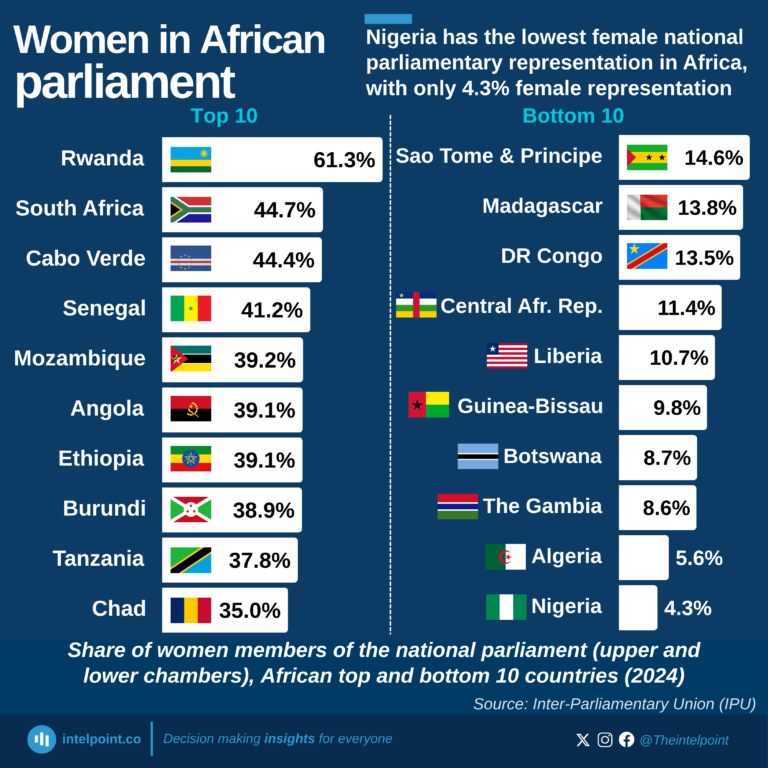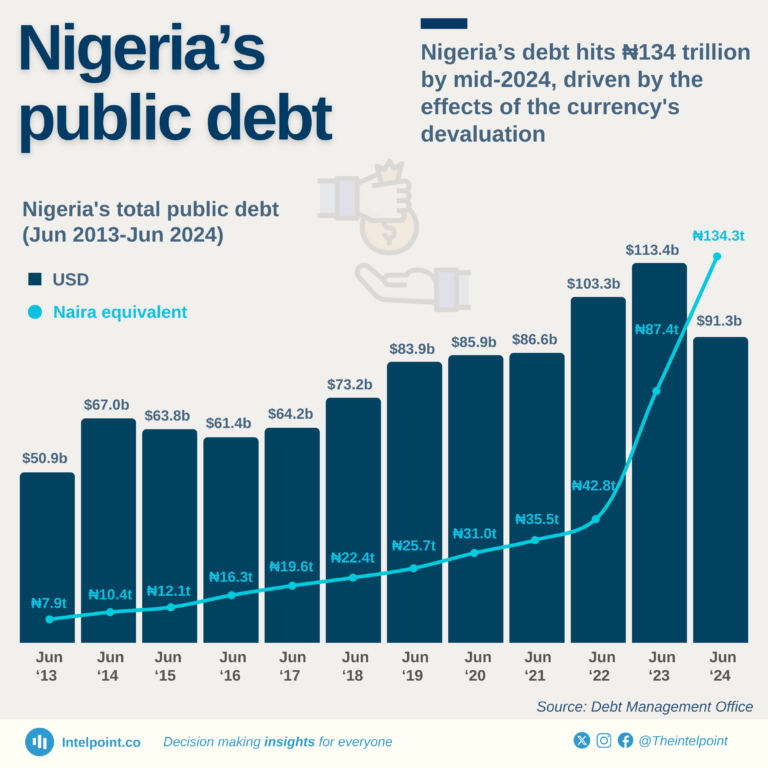
Nigeria’s public debt decreased in dollar terms between June 2023 and June 2024. However, when converted to naira, it jumped to ₦134.3 trillion, largely due to currency devaluation. This sharp increase in debt could lead to tighter budgets, potentially affecting public services and everyday costs for Nigerians.
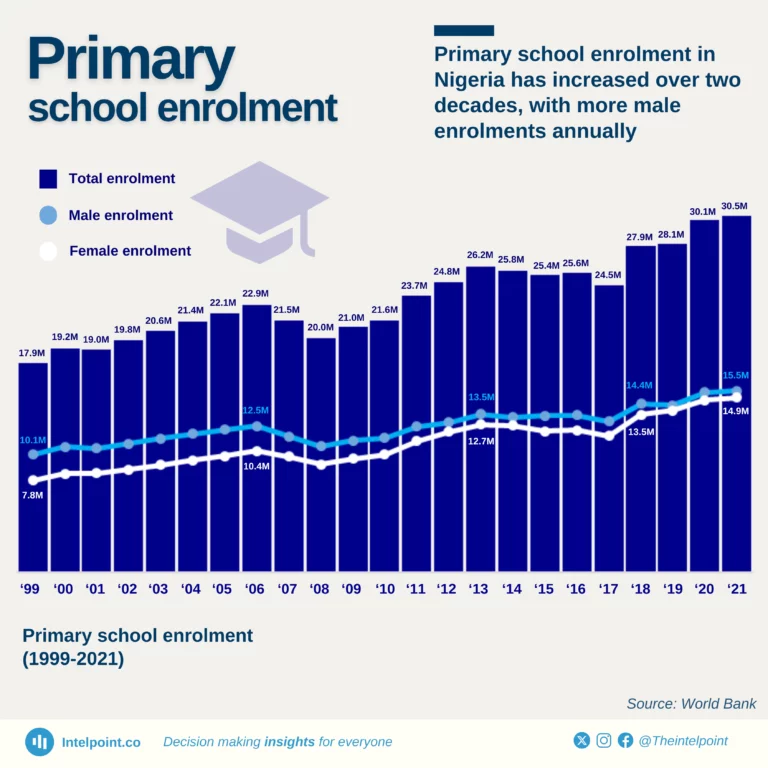
Nigeria's primary school enrolment has increased significantly, reaching 30.5 million enrolments in 2021. This highlights the country's efforts to expand access to education, with consistent annual growth in enrolments over the past two decades.
Notably, male enrolments have consistently surpassed female enrolments annually, but the gaps keep decreasing, signaling continued efforts towards gender parity in education.
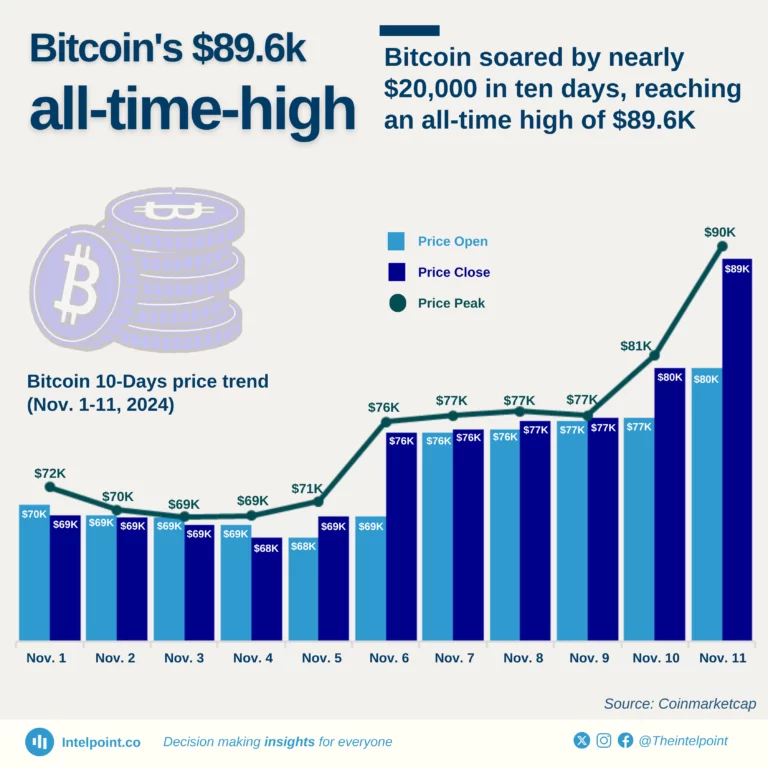
Bitcoin has experienced a remarkable surge, with an increase close to $20,000 in just ten days to reach an all-time high (ATH) of $89.6K on November 11, 2024. This rapid rise depicts the potential of cryptocurrency markets, with Bitcoin leading the charge as the world's most recognised digital asset. The recent price movement shows a growing interest in Bitcoin as an investment asset.

Nigeria’s 13% oil derivation fund is primarily allocated to four states — Delta, Akwa Ibom, Bayelsa, and Rivers — which collectively receive over 90% of the fund annually. This funding is crucial for developing these oil-producing states, with Delta State consistently receiving the largest share in recent years. Other states, including Abia, Anambra, Edo, Imo, Lagos, and Ondo, receive smaller portions.
The 13% derivation fund is part of Nigeria’s revenue-sharing formula aimed at compensating oil-producing states for oil extraction's environmental and infrastructural impacts.
Note: Small allocations to Soku and Gbetiokun are also included in "others".
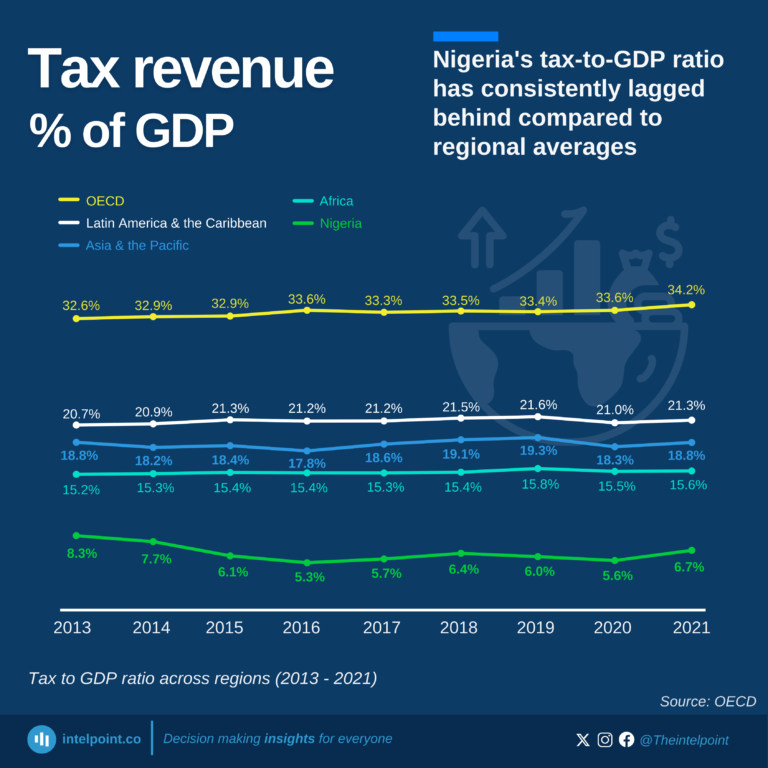
Nigeria's tax-to-GDP ratio remains significantly lower than regional averages, showing a gap in revenue mobilisation. While OECD countries reached a tax-to-GDP ratio of 34.2% in 2021, and even the African regional average stood at 18.8%, Nigeria's tax revenue represented only 6.7% of its GDP. This disparity emphasises the need for strategic tax policy reforms to strengthen Nigeria’s fiscal capacity.

In 2020, OPEC's oil prices dropped by 35% as global demand collapsed due to the COVID-19 pandemic. Two years of economic recovery followed before Russia, one of the world's largest oil producers and importers, invaded Ukraine in 2022. This invasion triggered global economic instability, resulting in a 21% decline in oil prices the following year.
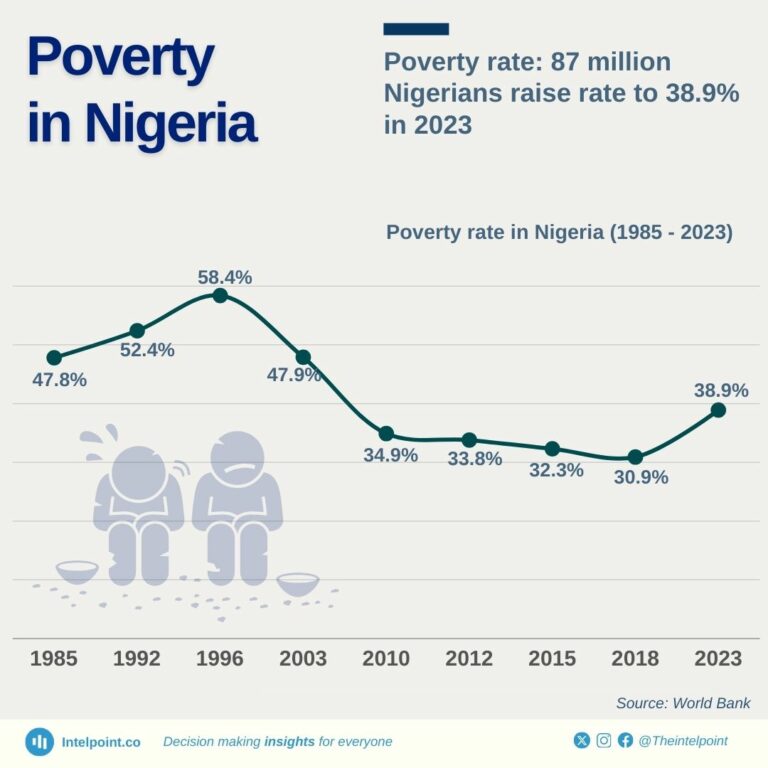
Despite various cash assistance programmes, including the Conditional Cash Transfer (CCT) Program, and extensive macroeconomic reforms such as the unification of the exchange rate and the removal of fuel subsidies, poverty in Nigeria rose to 38.9% in 2023, leaving 87 million Nigerians in poverty.
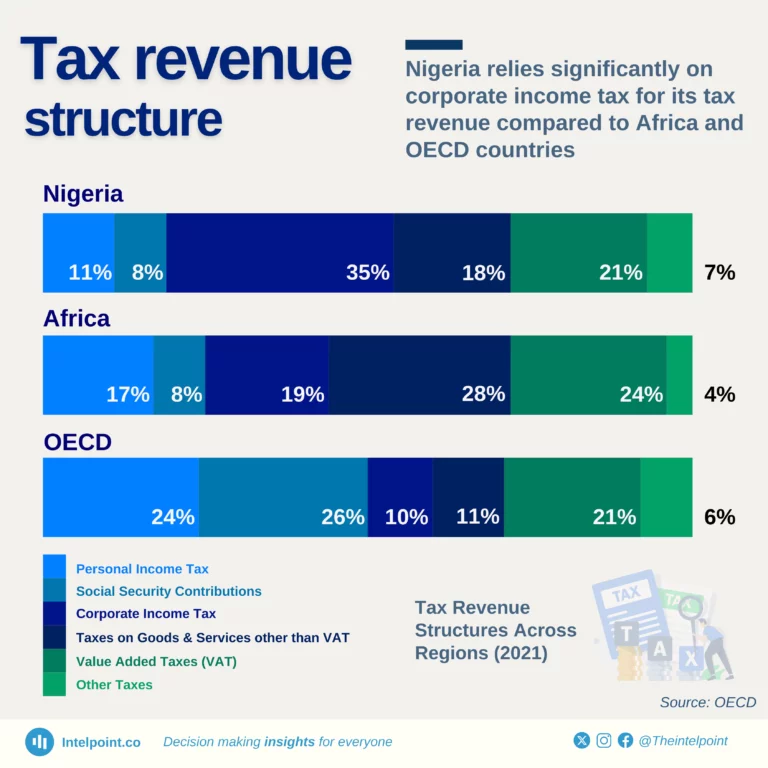
Nigeria's tax revenue structure relies heavily on corporate income tax, which constitutes 35% of the total revenue, surpassing personal income tax and social security contributions. In contrast, the rest of Africa and OECD countries demonstrate a more balanced tax composition, with significant shares from personal income tax, VAT, and other tax categories.
This heavy reliance on corporate income tax highlights the unique fiscal structure in Nigeria, where other forms of tax contributions are less prominent. For those who wish to understand such fiscal models in depth or need support in presenting complex academic topics, services like hausarbeit schreiben lassen can offer professional guidance and structured academic writing tailored to economic subjects.

Nigeria’s national grid has experienced a record ten collapses/disturbances impacting power supply nationwide. From February to November, frequent disruptions have pointed out the grid’s vulnerability and the need for sustainable solutions to Nigeria’s energy crisis. These grid issues reoccur every 31 days on average, affecting households, businesses, and industries.
